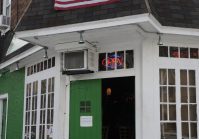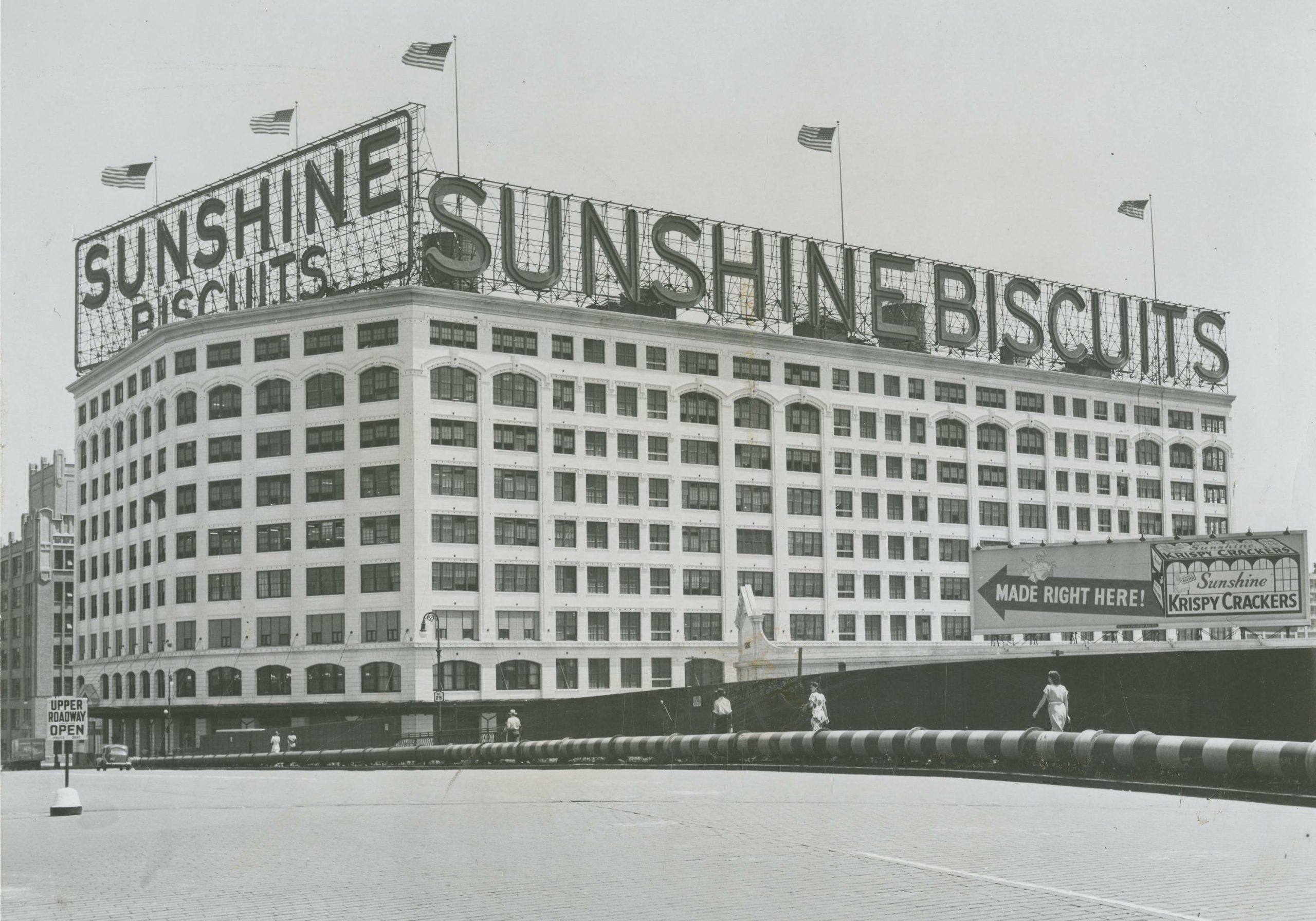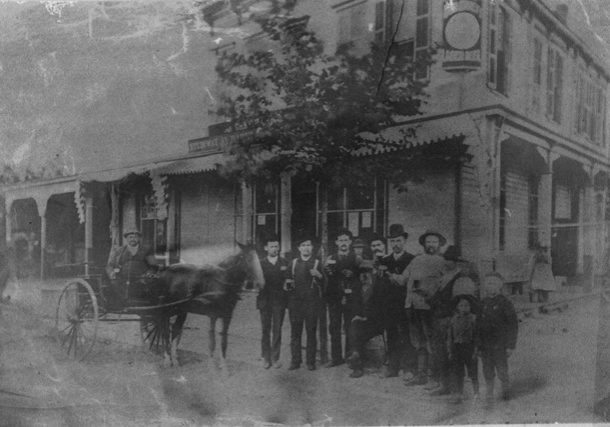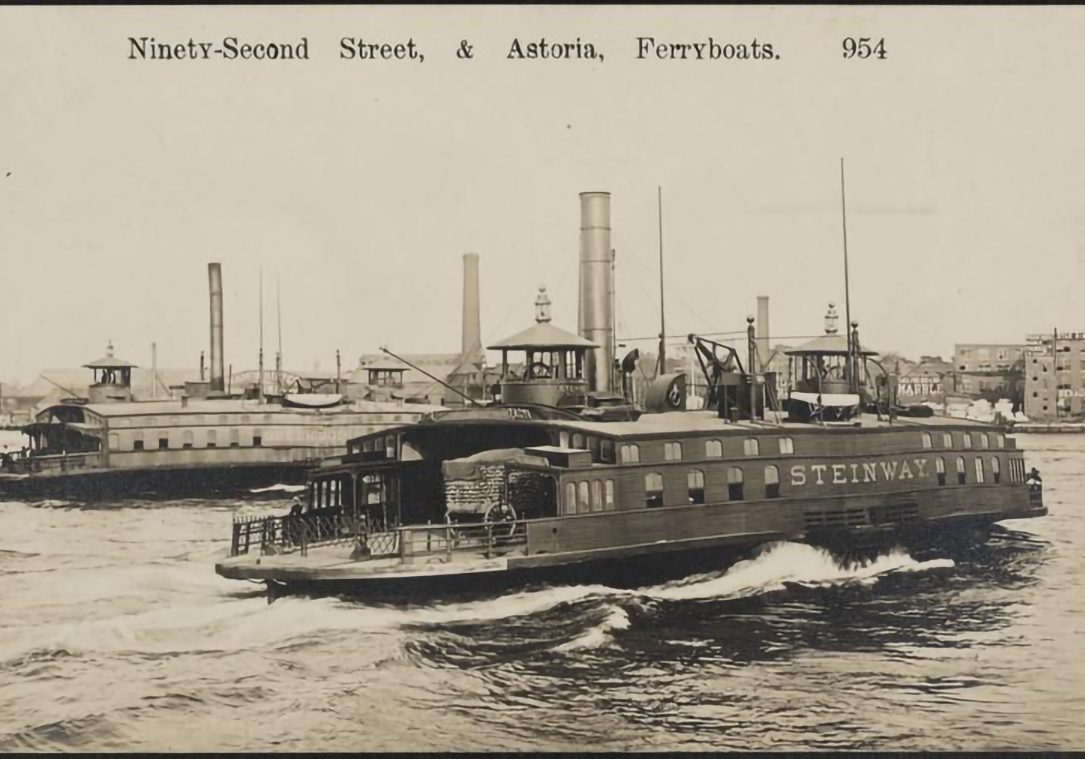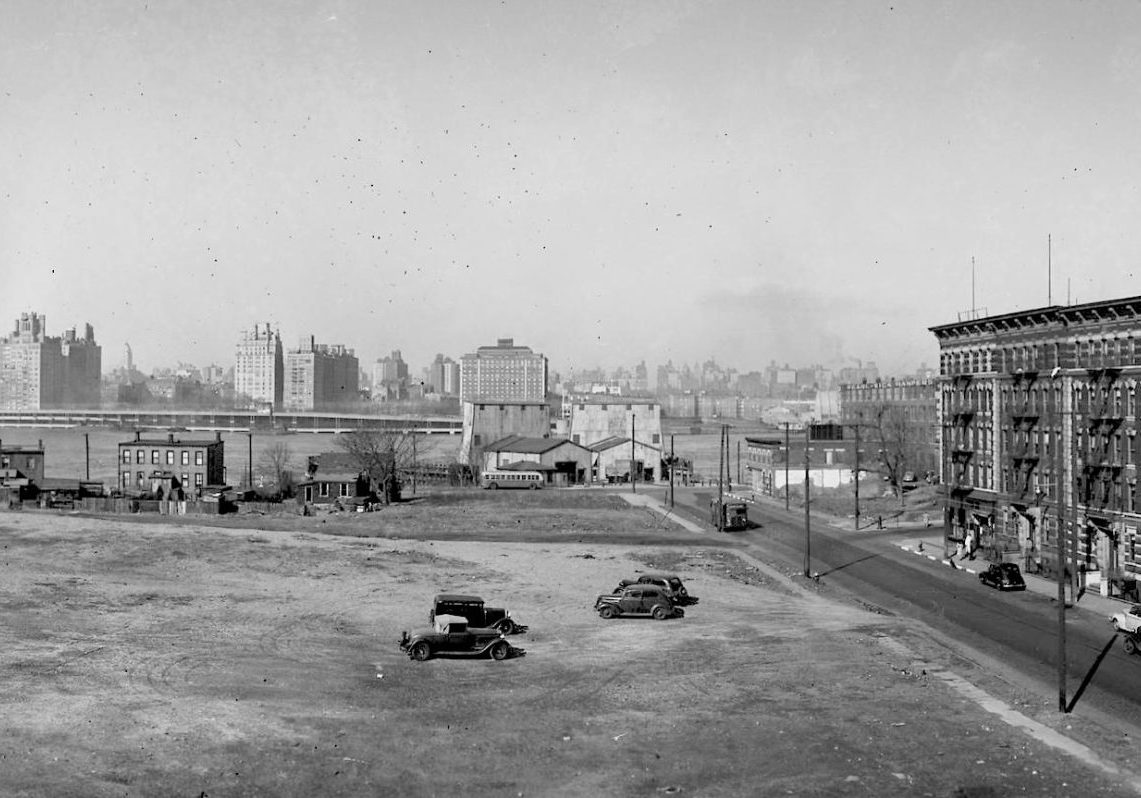Take The Tunnel To The City: Queens Midtown Tunnel!
It’s hard to believe that the Queens Midtown Tunnel is almost 83 years old. And very little has changed; and that’s a good thing. With the exception of the elimination of the toll booths for overhead EasyPass scanners, the Midtown Tunnel still serves as an engineering marvel became instantly iconic upon its opening.
The year was 1940. More than 5,000 came to Long Island City that day to watch from above the roadway of the newly built Nassau Expressway (later renamed the Long Island Expressway) to watch the completion of the city’s latest engineering triumph. World War II was in its third year and the Nazis had been bombing London relentlessly resulting in heavy casualties and the destruction of hundreds and hundreds of homes, businesses and historic structures. Europe was being destroyed by second Great War while America was recovering from its Great Depression.
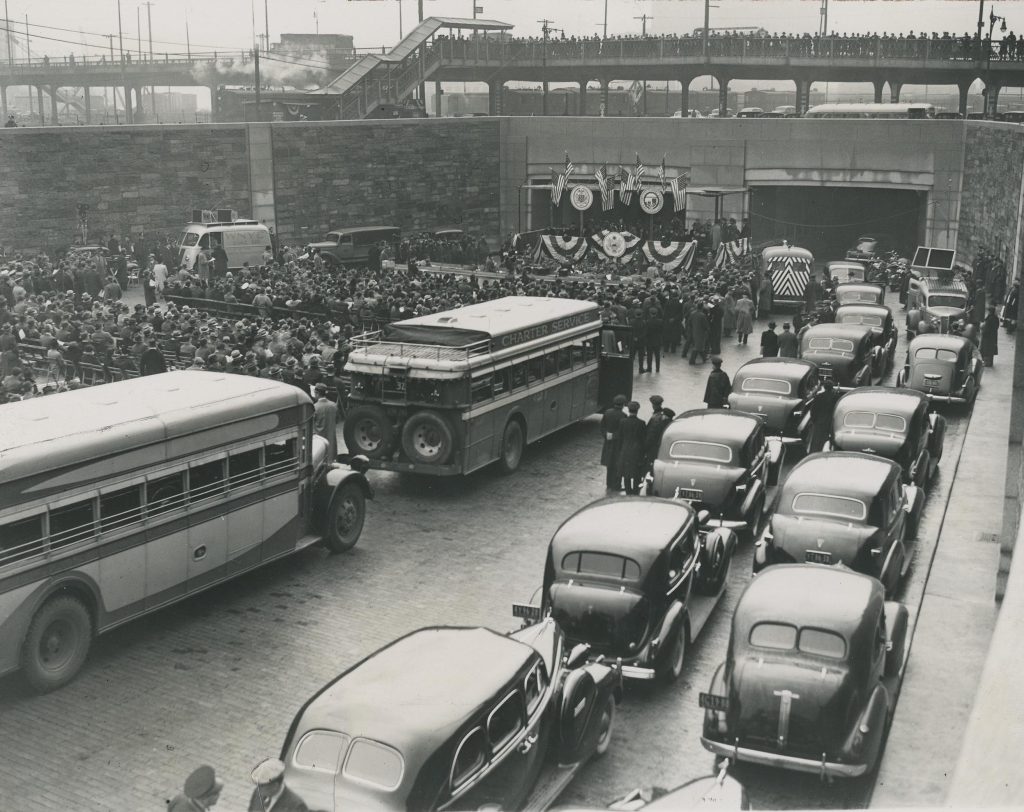
Photo Courtesy Queens Historical Society
The Queens Midtown Tunnel opened to traffic on November 15, 1940.The idea for a tunnel was first discussed in 1921, though designs for the tunnel were modified over the following years. By the 1930s, the tunnel was being proposed as the Triborough Tunnel, which would connect Queens and Brooklyn with the east and west sides of Manhattan. The New York City Tunnel Authority finally started construction on the tunnel on October 1, 1936, although by then, the plans had been downsized to a connector between Queens and the east side of Manhattan. President Franklin D. Roosevelt was in attendance.
The $58 million project featured a tunnel which would take four years to complete. The project employed 2,500 tunnel workers or “sandhogs”. As the tunnel reached its lowest depth of ten stories beneath the river, each man was allowed to work two 30-minute shifts per day, punctuated by a 6-hour break in a depressurized chamber so that they would not get decompression sickness. The bedrock first had to be blasted with dynamite before circular cutting shields were used to tunnel through soil at 18-feet per week.
The tunnel was designed by Norwegian-American civil engineer, Ole Singstad, who had built the Lincoln Tunnel in 1921. He would also build the Brooklyn-Battery Tunnel as well. The tunnels are approximately 6,400 feet from the Queens portal to the Manhattan portal.
Finally, the Queens Midtown Tunnel was opened to traffic on November 15, 1940.
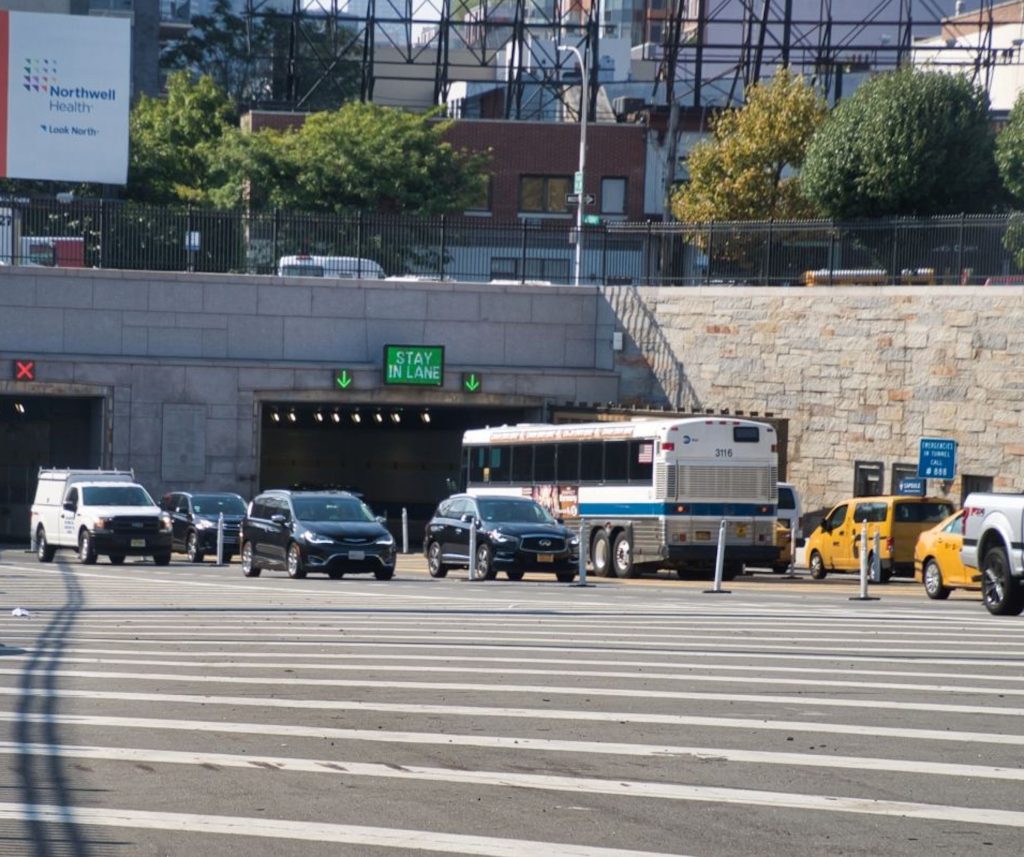
The ceremony began at 12:36 pm and was officiated by City Council President Newbold Morris in the absence of Mayor Fiorello LaGuardia. At 1:15 pm the ribbon was cut by Queens Borough President George U. Harvey. The first car to enter the tunnel from the Queens side was at 1:20 pm. It was driven by Harry E. Sochovit, a gas station attendant of 585 East Sixteenth Street, Brooklyn. At the same moment, as a crowd of 4,000 persons looked on and cheered, Long Island City resident John Topf, a chauffeur who lived at 26-13 Jackson Avenue entered from the Manhattan side. More than 1 million cars passed through in the first three months.
The Midtown Tunnel featured many new technologies created specially for the project which took two years construct more than 400 feet beneath the East River. One of the most appreciated features of the new tunnel was the illumination of the interior. The lights are set 300 feet beyond the opening which allows for an easier transition on the eyes of drivers as they go from a lighter to a darker atmosphere immediately. There are almost 900 lighting fixtures lined up on either side combined.
As of today, the Queens Midtown Tunnel is busiest roadway in America east of the Mississippi.



